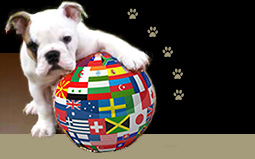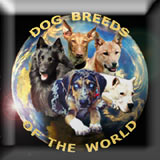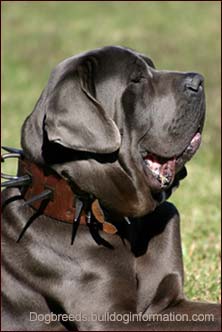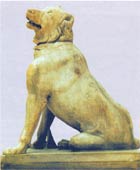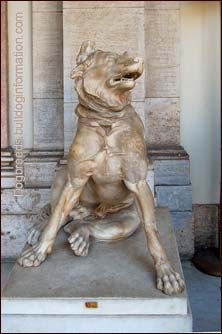.
.
.
.
Note that the term 'Molossian hound' does not necessarily indicate that the Molossian was a hound-type dog. The word hound originally meant dog and was used for all types of dogs. Later, the meaning was narrowed in Middle English (somewhere before 1127) to refer to a dog used for hunting. Thus, in Old English, the nonspecific name for dog was 'hund' or 'hound', whereas the word 'dog' (docga in Old English) was the name of a powerful breed of dog, which the Continental languages borrowed to form dogue (French for mastiff), dogo (Spanish), Dogge (German). Literally, 'Molossian hound' thus meant 'a powerful breed of dog of the Molossian type'.
Origin and types of Molossians


